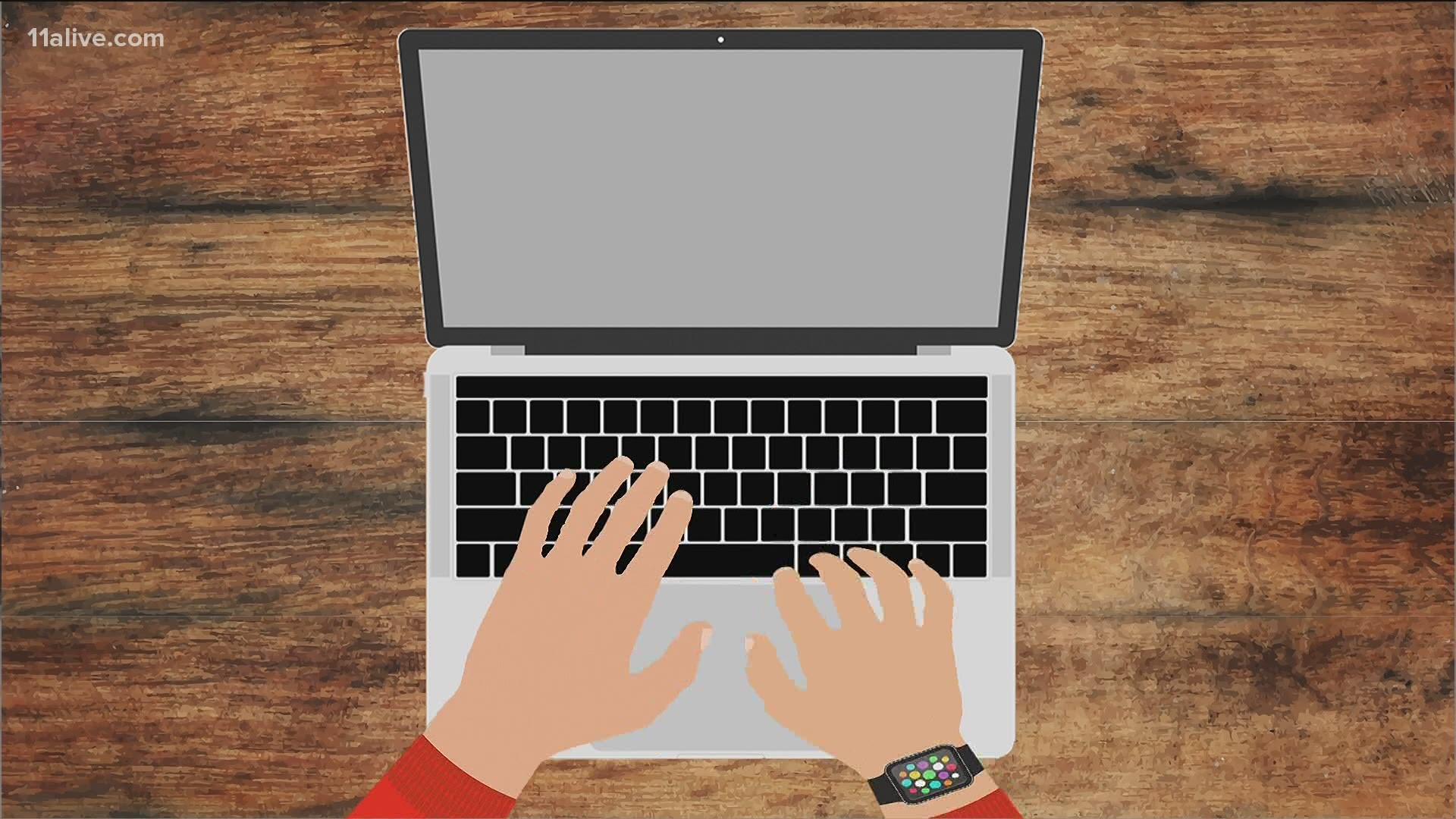ATLANTA — With many people still working from home, computers and their seemingly random keyboard design will no doubt be a popular gift this Christmas.
Beginning with the first typewriters in the 1860s to today’s computers, we’ve all become intimate with a keyboard design known as QWERTY. It’s named for the first six letters on the top row, leaving many to wonder why keyboards use this arrangement instead of alphabetical order.
For the answer, e turn to Richard Polt of the Early Typewriter Collector’s Association.
“I’m an author of a book called The Typewriter Revolution,” says Polt.
The first typewriter patented by Christopher Latham Sholes had a keyboard that was in alphabetical order. Letters positioned at the end of typebars struck the paper from the bottom, moving upward.
There was a problem if they moved too quickly.
“They could easily get stuck because the only thing pulling them back down was gravity,” says Polt.
Although there’s nothing to document the inventor’s purpose, Shoals rearranged his keyboard design. Experts believe he was trying to lessen the chance of jamming by separating the letters you might type quickly one after the other.
“If you look at the arrangement on his machine, it looks like common pairs of English letters are separated by at least one typebar,” says Polt.
There are some who believe Sholes’ design has more to do with early efforts to translate Morse code. Polt disagrees.
Another possible influence on the QWERTY design is the ease in banging out the word “typewriter.”
“Was that deliberate?” asks Polt. “It does seem unlikely that would be accidental.”
Sholes called on the gun manufacturer Remington to produce his typewriter. Remington sponsored classes to teach typists how to use the QWERTY keyboard, and despite the introduction of other designs, QWERTY has been with us ever since.

